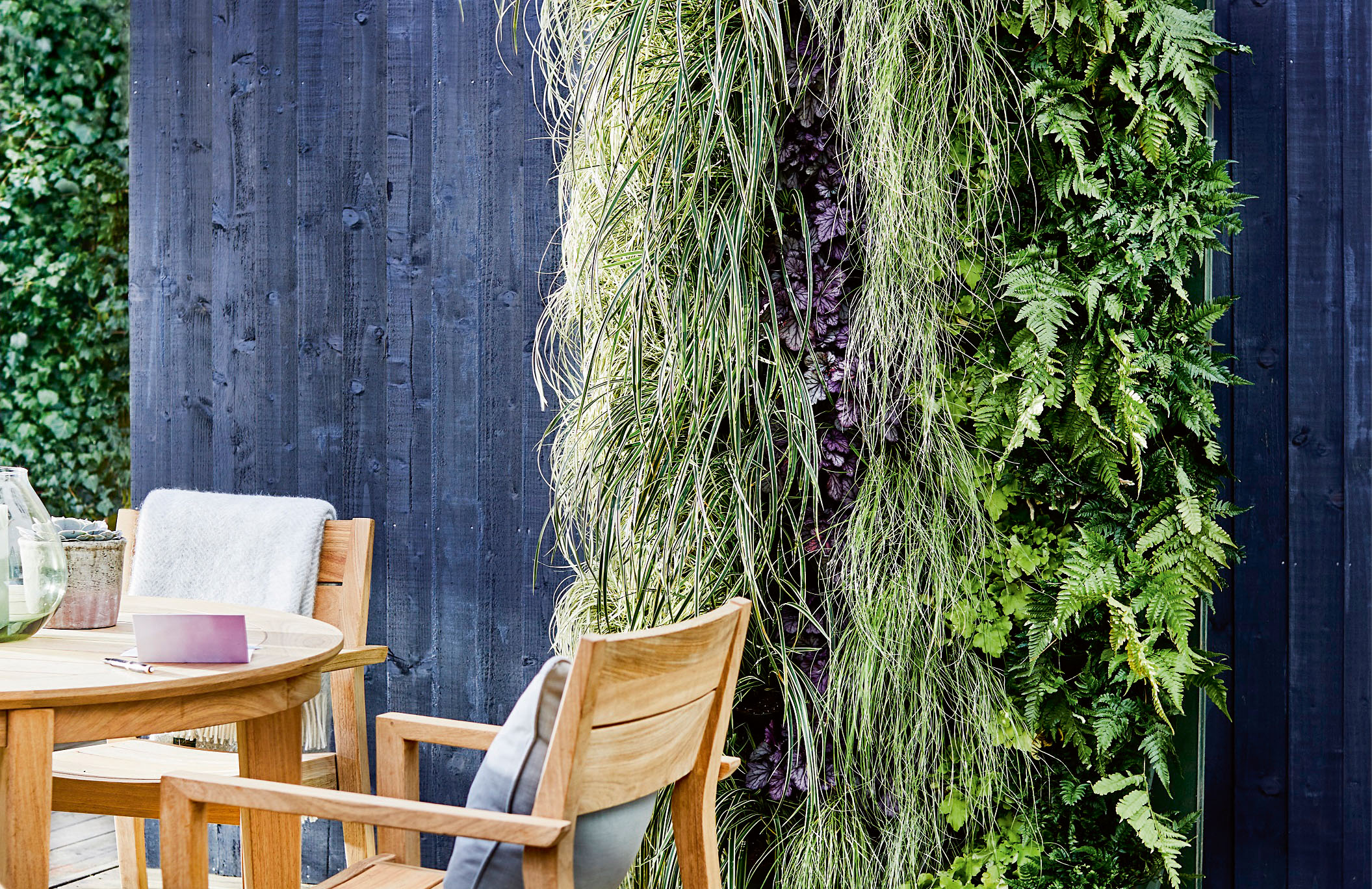

A living wall makes for the perfect addition to a compact garden. Using the vertical space you have will add character and more greenery, all without taking up any of the little floor room you have.
That's not to say that living walls are reserved for tiny gardens only. Oh no – they make fine displays in all types of spaces, whether you have acres of land to fill or just an average sized city balcony. Learning how to make a living wall anywhere is one brilliant project.
One of the more creative small garden ideas around, it's rewarding and an easy way to add impact. Installing a living wall system is the best way to do it, and it might sound complicated, but it's actually an easy, achievable DIY that lets you tailor your living wall to your space needs and taste, of course. And when you're done, it's time to relax on your best outdoor furniture...
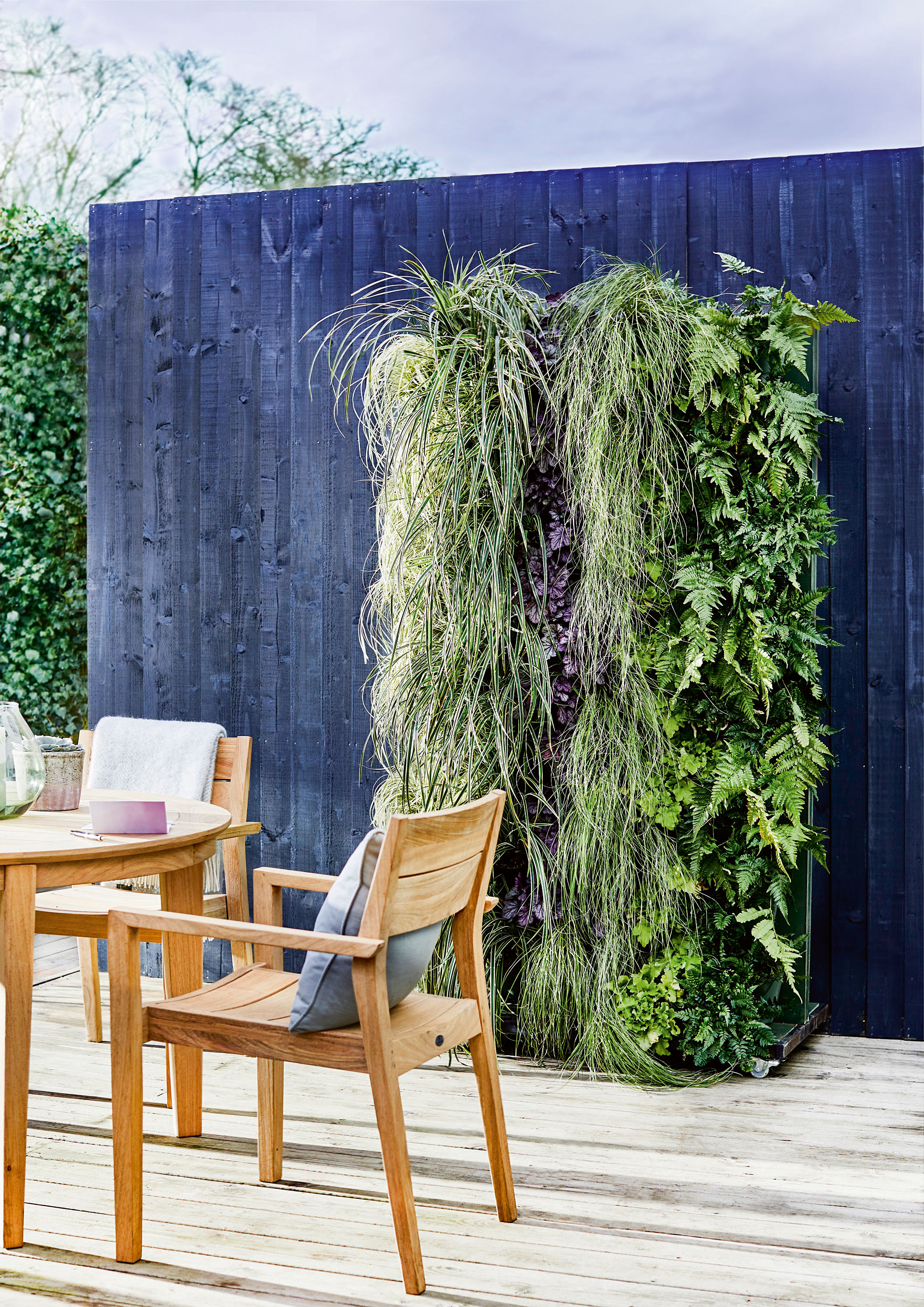
How do living walls work?
Simply put, living walls are usually created with modular systems fixed to a wall; they can cover a whole wall or a small section to keep the plants on display all watered and alive. Commercial green wall or panel systems are either soil-based modules, soil-based fabric membranes or hydroponic systems that rely on water and fertilizer fed to the plants from a tank system. They make great garden wall ideas for an eclectic finish.
We spoke with Stannah’s Gardening Expert, Mark Lane who also appears on BBC Gardeners’ World , about the perks of living walls when vertical gardening. He says there are several modular systems on the market right now, 'some even come with individual pots for plants so you can swap and change them around to get maximum sunlight. They can be made up of either ornamental or edible plants, and even wildflowers.'
We like to use ready-made pocket planters that can be attached to your fence, shed, wall or garage, turning a boring surface into a thing of beauty.
You can opt for an irrigation system which is useful to ensure equal distribution of water as any excess drainage water collected is fed back into the tank, before circulating again. We are keeping it simple and a little more pocket-friendly by hand watering. You just need to make sure it is even, as the plants at the bottom tend to get a larger dousing.
Lane adds, 'If you love the idea of gardening, but don’t have the luxury of time to maintain it or would like to save water, then a self-watering system may be for you. Here’s where it gets a little technical.
'You need an irrigation system (for example, a leaky hose or small irrigation pipes and nozzles that drip-feed and nourish your plants) plus a water collecting reservoir at the bottom. A solar-powered pump allows you to set a timer for when your plants get watered during the day – you can even add liquid feed! As the pump starts to work, just the right amount of water and feed will be forced through the pipes and onto the soil or coir. But rest assured, a good old-fashioned long-spout watering can or a hose with an attachment on the end can work just as well.' So you have options.
Keep in mind also the weight of the system and strength of your garden fence or wall. You might need a waterproof membrane or simply a gap to protect the wall behind.
Living wall systems DIY
As mentioned, a simple way to DIY your own living wall, it to use pocket planters. Your living wall doesn't need to cover a whole wall, but you can even transform just a small part of one to add a decorative touch to your space. What's more, your green wall will change as it grows, so it can be redesigned easily by adding different plants, and is often portable. Bliss.
And when you're ready, find more budget garden ideas in our roundup.
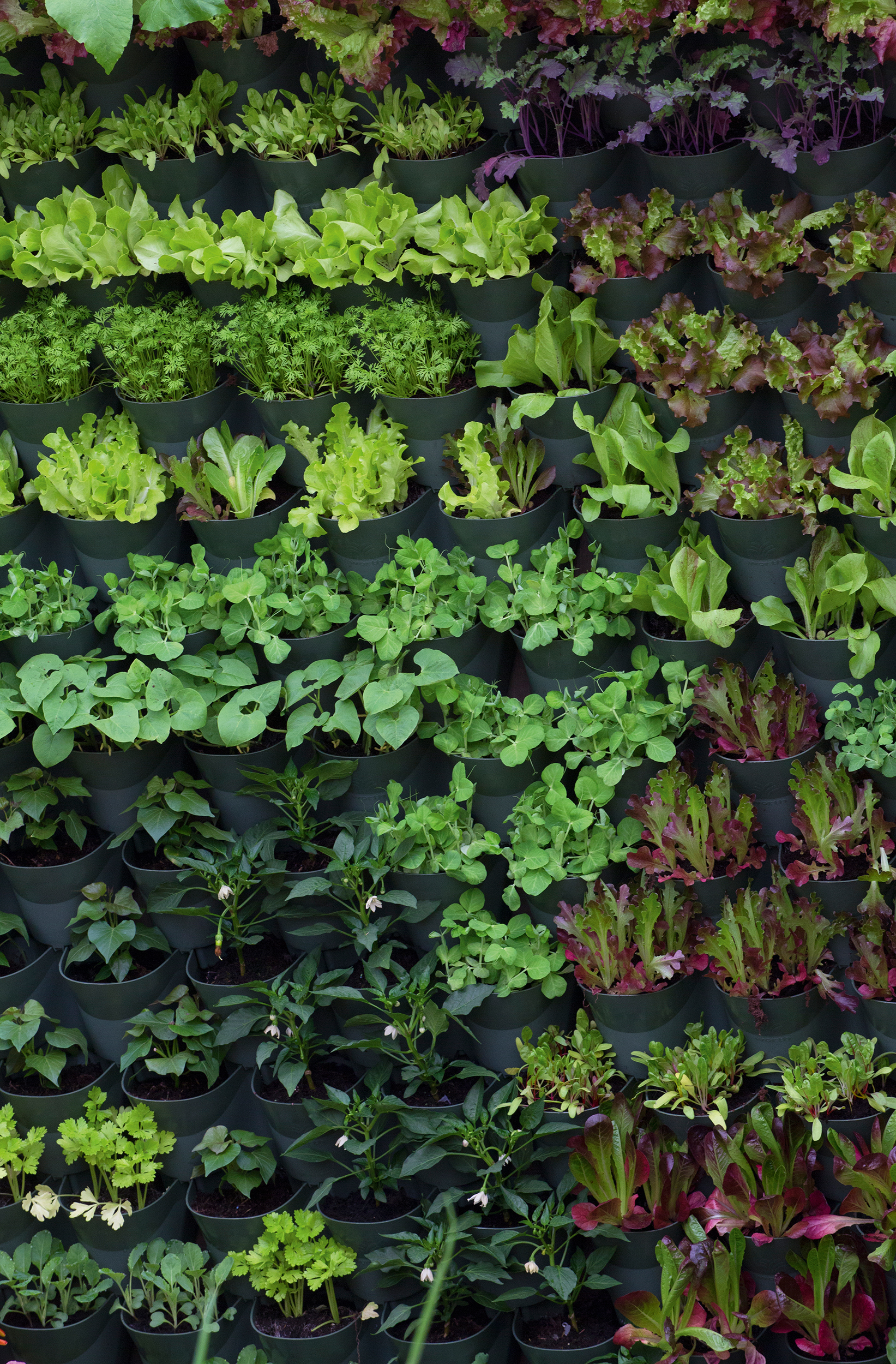
A great idea for living walls, vertical edible gardens in pockets and container systems take up less space, are easy to harvest and maintain. If you can already get a harvest from container gardens, vertical gardens should be no problem
You will need:
- Wonderwall Pocket planters available on Amazon
- Drill, screws, rawl plugs (for attaching to walls)
- Hammer and nails (for attaching to fences)
- Plants in 13cm pots (number dependent on how many pockets you have to fill)
- Top soil
1. Find the right space
You can site your living wall anywhere – the trick is really to choose the right plants for that part of the garden, just as you would a border. Is there a shady spot that would be transformed with lush, shade-loving foliage, or a sunny area for a herb tower? If you are planning a living wall in a bright area, then this will influence your plant choice and things like succulents will be happy there. If it's more humid, you'll want ferns and other shady tropical plants instead.
Above all, make sure you can access all areas of the living wall for watering and maintenance.
2. Prepare the surfaces
Living walls can get damp, so you need to know what wall or surface you're working with, in order to protect it. An easy way to do this is to either use a membrane or ensure there is gap between the green wall and your chosen garden wall. Make sure that any wooden surfaces you're using have a fresh lick of good exterior paint. You'll also want to ensure that any weeds or plants growing across your surface have been removed in the area you want to plant up. If your living wall will be hanging above decking, make sure you've treated it appropriately so that water running out of the planters won't cause damage.
3. Fix your vertical planters
Fix the planters to the wall, making sure they're spaced equally apart and that each row is tucked snugly underneath the one above. It's best to use screws if you're attaching them to a wall; a sturdy fence might take strong nails.
4. Choose your plants
There's a myriad of ways to style your living wall. For dramatic effect, use long, trailing plants, like ferns and ivy, which will make your wall look full. Alternatively, pot fruit and veg, like tumbling tomato bedding plants, or create a herb garden with a selection of your favorites.
Use long-living, disease-resistant plants that are light with shallow roots, as they will have restricted root space. For a year-round effect select mostly evergreens, then highlight with seasonal color.
You can grow edible treats, pretty flowers and foliage; your imagination is the only limit. Edibles need a sunny spot – herbs, strawberries, tomatoes and salad leaves all do well vertically. For sunny ornamentals try helianthemum, sedum, daisies, euphorbia and festuca. Choices for shade include ferns, bromeliads, ajuga, heucheras and tiarellas.
If you want more budget garden ideas to bring this look to life, try and use small plants when planting your green walls as they are cheaper, easier to plant and will establish quickly. Take look at our DIY planters too, for a really pretty look. Remember, correct planting and regular maintenance is important and getting it right the first time will save you money in the long run!
5. Pot your plants
Fill 13cm/the size you need pots with soil and add your plants, making sure they're planted firmly and that the pots are topped up with more soil.
6. Put the planted pots in the pockets
Once you've done that, all you need to do is drop the pots in the pockets, step back and admire your handiwork.
7. Irrigation and maintenance
For hand watering, water the top plants when they're looking a little sad and the whole wall will get a good soaking. Living walls should last for about four years, and to keep yours looking good, be sure to replant when plants outgrow their space.

The silver foliage of lamium lifts the green hues from ferns in this soil-based system living wall designed by Kate Gould
What are the benefits of living walls?
- Decorative disguise: A living wall will camouflage ugly walls or structures.
- Insulation: They can also insulate the house if attached to an exterior wall.
- Biodiversity: Packed green walls will naturally increase biodiversity.
- Privacy: You can use your green wall as a natural garden screening idea for more privacy in an open garden space.
- Sound-proof: Living walls can effectively reduce ambient noise outside and in if you wish to make it part of an outdoor room space.
- Air purifying: Green walls will naturally purify the air in your space, ideal for city dwellers! See our advice for creating a wildlife garden too, if you have a big outdoor space or smaller area.
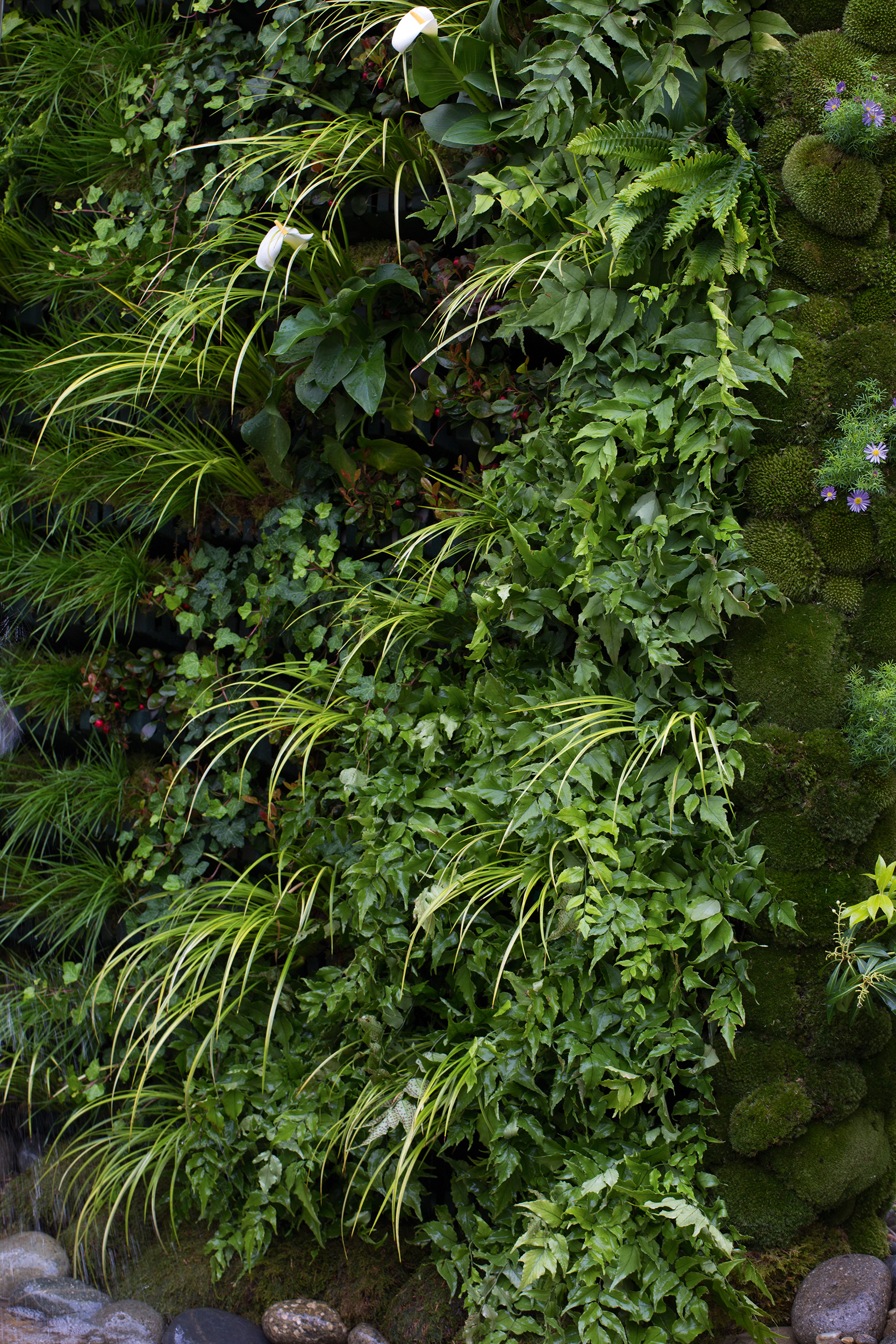
Using a living wall system opens up the array of plants that you can grow vertically – from ferns to arum lilies, grasses and bulbs, moss to flowers – all in a cascade of greenery
What plants are best for living walls?
As elsewhere, select plant varieties to suit conditions, whether annuals and perennials or edible choices, for shade or sun.
Right plant, right place is important; remember that the plants above will overshadow plants below, and will need careful watering, feeding and pruning. Living walls are planted more densely than a garden bed; think of them as containers in the sky, a tapestry of color and form.
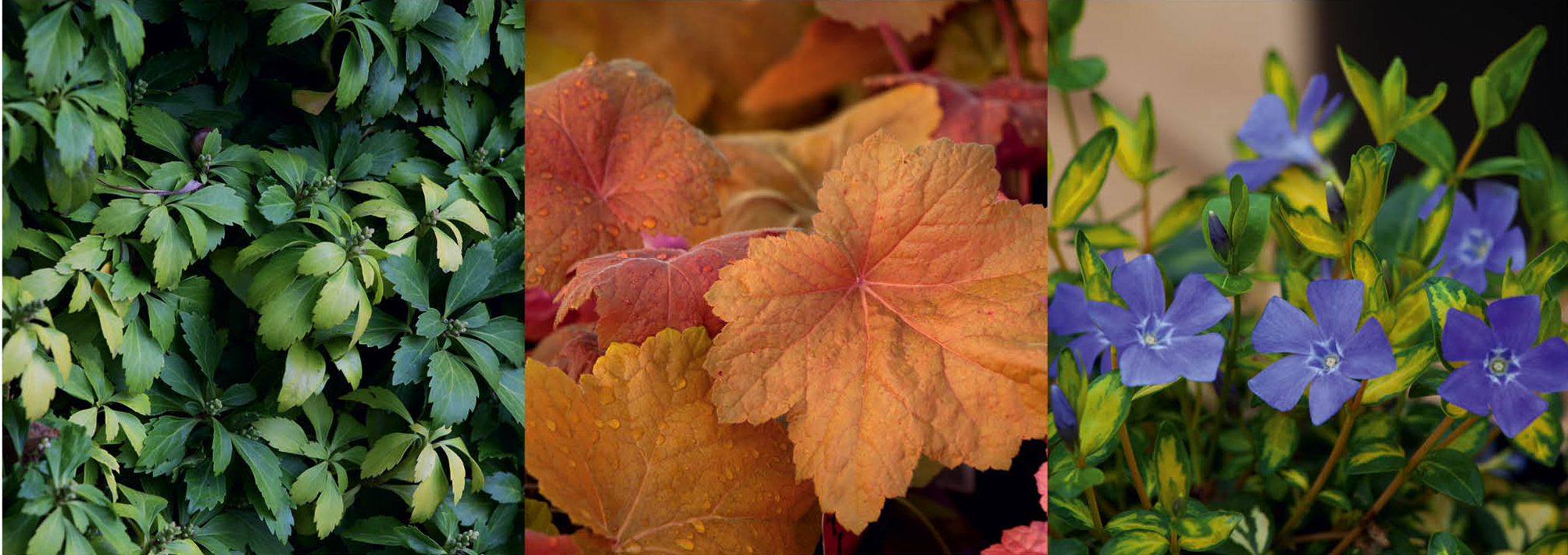
Shade seeking plants for living walls
(Above, left to right)
Pachysandra are evergreen perennials or subshrubs with leathery leaves that grow in all but dry soils in part or full shade. They are hardy and drought-resistant once established and pest and disease free. Tiny white flowers in mid to late spring.
Heuchera offer a range of foliage colors and spires of tiny flowers. Clump-forming perennials that tolerate some sun but prefer part shade, in moist but well-drained soil. Tidy up dead leaves and if vine weevil is a problem switch to heucherellas.
Vinca minor or periwinkles are tough, fast-growing evergreen perennials for shade or part shade. They produce violet blue flowers from early spring to mid autumn. Grow in all but the driest soils.
Sun loving plants for living walls
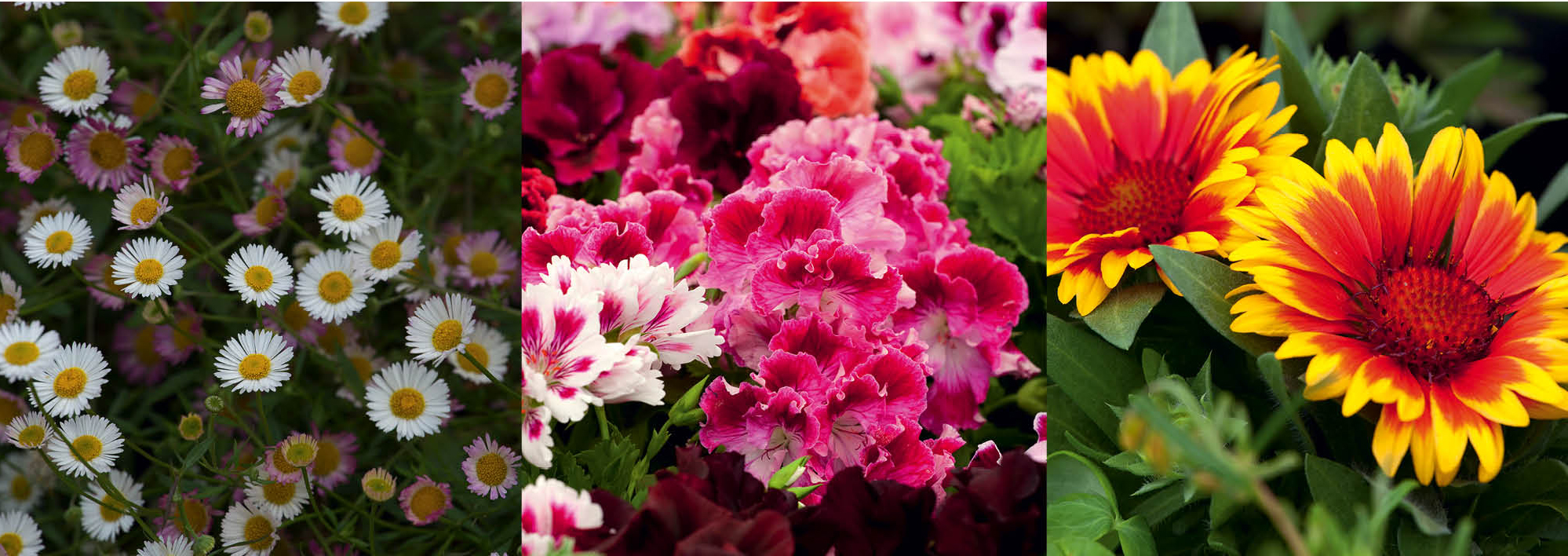
(Above, left to right)
Erigeron are invaluable for their profusion of tiny daisy flowers from May to November. Happy in sun or part shade, easy care, grows in walls and cracks in paving. Bees and butterflies love this plant making them a great addition to any flower bed ideas too.
Pelargoniums are tender bedding plants, ideal for containers in a full sun to part shade spot. Usually grown as annuals to add bright color to the greenery in summer. Water moderately. Some varieties are scented for added interest.
Gaillardia are short-lived perennials that add bursts of fiery flowers through summer to autumn. Buy as a plug plant. They need well-drained soil in full sun, are very soil tolerant. Butterflies love them.
The best edible plants for living walls
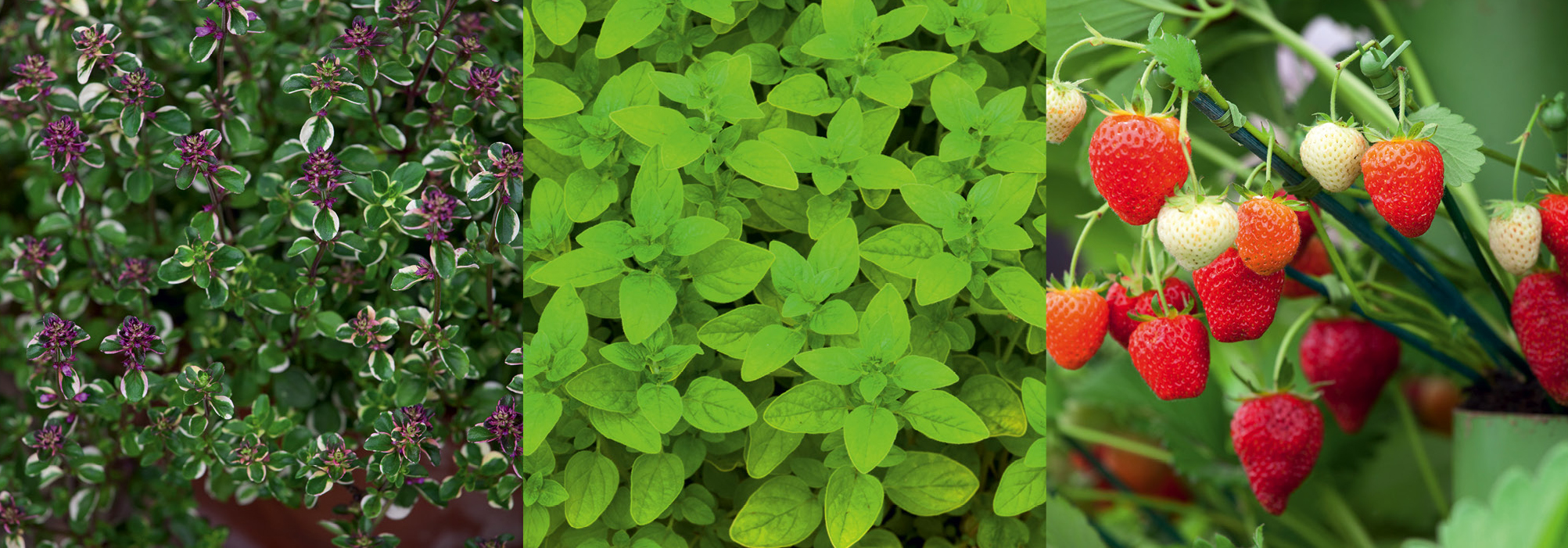
(Above, left to right)
Thyme is an evergreen subshrub herb of many different varieties, all have tiny aromatic leaves and flower in summer. Easy care and disease free. Grow in full sun in well-drained soil.
Marjoram grows best in full sun in well-drained soil and is tolerant of most conditions. Harvest the leaves before flowers appear or they taste bitter.
Strawberries have to be everyone’s favorite fruit to grow, and they work well in towers, hanging bags and vertical gardens. They need a sunny, sheltered spot, fertile, very well-drained soil and organic matter added.
Climbers for creating living walls
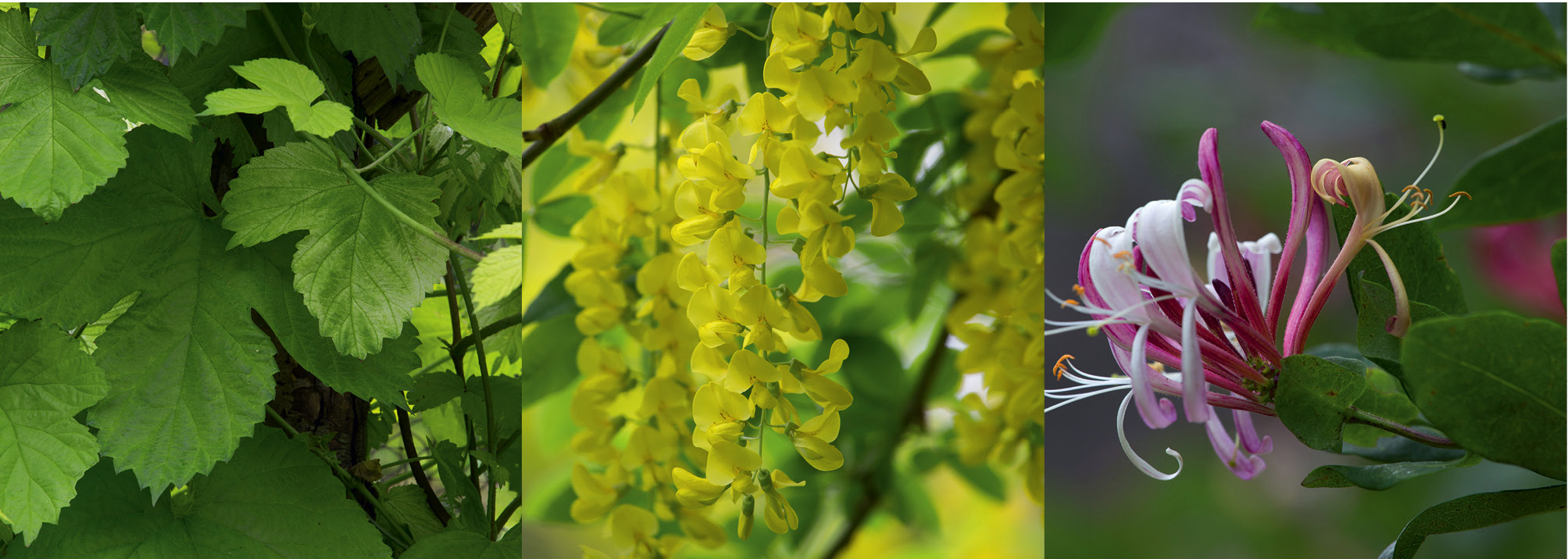
(Above, left tor right)
Hops are not just for beer; they are a great hardy climbing plant for gardens and will grow anywhere. Not a vine but a bine, because they twine clockwise around a support rather than sending out tendrils. Plant rhizomes in humus-rich soil.
Laburnum creates a spectacular sight when the golden racemes hang down in late May/early June. They need a well-drained site with light soil and the classic combination is to grow purple alliums underneath. A note of caution – don’t plant where children or pets play, as all parts are toxic.
Honeysuckle climbers prefer moist, well-drained humus-rich soil in a sunny spot. The more sun, the more flowers, which are also attractive to beneficial insects and are deer resistant. Keep well watered and mulch to preserve moisture.
Enjoy your garden full of life!
Join our newsletter
Get small space home decor ideas, celeb inspiration, DIY tips and more, straight to your inbox!

After joining Real Homes as content producer in 2016, Amelia has taken on several different roles and is now content editor. She specializes in style and decorating features and loves nothing more than finding the most beautiful new furniture, fabrics and accessories and sharing them with our readers. As a newbie London renter, Amelia’s loving exploring the big city and mooching around vintage markets to kit out her new home.
-
 An IKEA Billy bookcase hack inspired this cute media wall DIY
An IKEA Billy bookcase hack inspired this cute media wall DIYThis cute DIY was inspired by an IKEA Billy bookcase hack and brought a ton of symmetry to an otherwise basic media wall space.
By Camille Dubuis-Welch
-
 This oversized headboard looks designer, and takes 5 steps to DIY
This oversized headboard looks designer, and takes 5 steps to DIYSuper simple to DIY, this oversized headboard will give your bedroom space all the designer vibes you could dream of.
By Claire Douglas
-
 How to paint a door and refresh your home instantly
How to paint a door and refresh your home instantlyPainting doors is easy with our expert advice. This is how to get professional results on front and internal doors.
By Claire Douglas
-
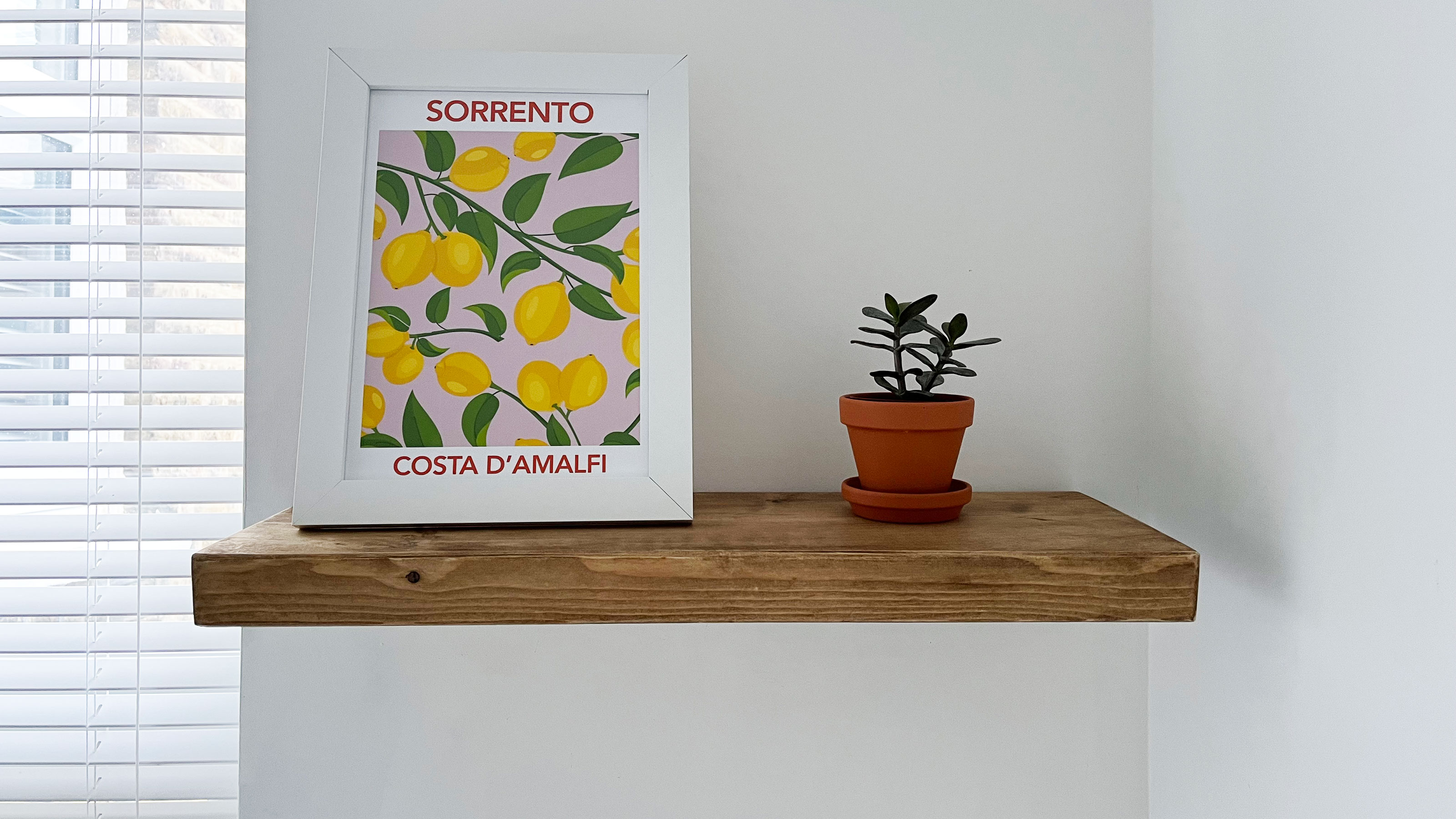 How to install and style a floating shelf
How to install and style a floating shelfInstalling a floating shelf can add instant design interest to your home. Dress yours with artwork, houseplants, and books for the perfect finish.
By Camille Dubuis-Welch
-
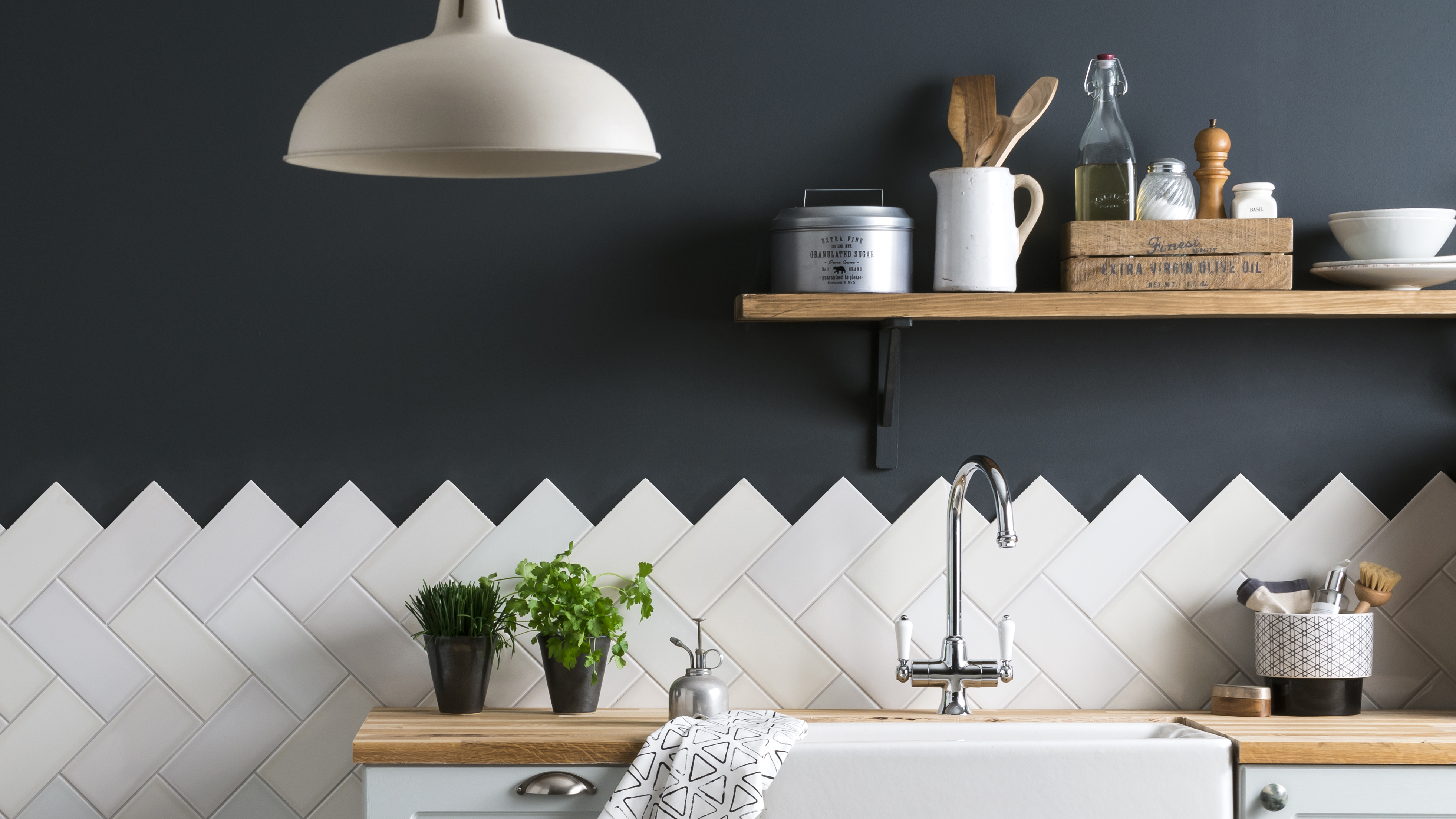 How to tile a backsplash: a DIY guide for beginners
How to tile a backsplash: a DIY guide for beginnersKnowing how to tile a backsplash will make a big difference to the look and function of your kitchen. DIY to save on the cost of calling in a professional.
By Emily Shaw
-
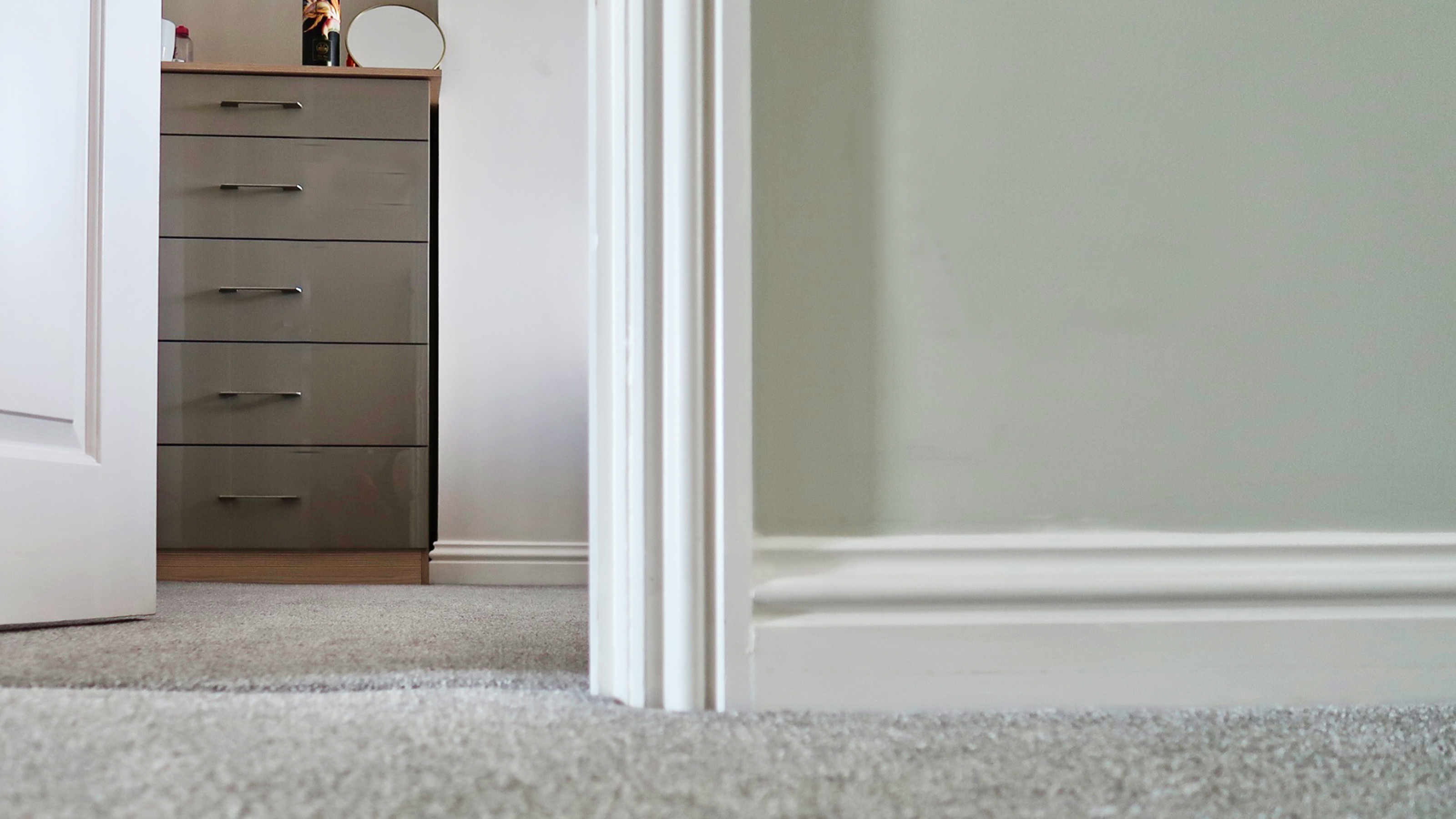 How to install baseboards: a simple 10-step DIY
How to install baseboards: a simple 10-step DIYInstalling baseboards is an achievable DIY with the right know-how to ensure you get a professional finish, whether you're updating a living room or refining a home addition.
By Hebe Hatton
-
 18 home DIY project ideas for instant aesthetic appeal
18 home DIY project ideas for instant aesthetic appealTransform your surroundings with these home DIY projects that will make all the difference to your space, big or small
By Camille Dubuis-Welch
-
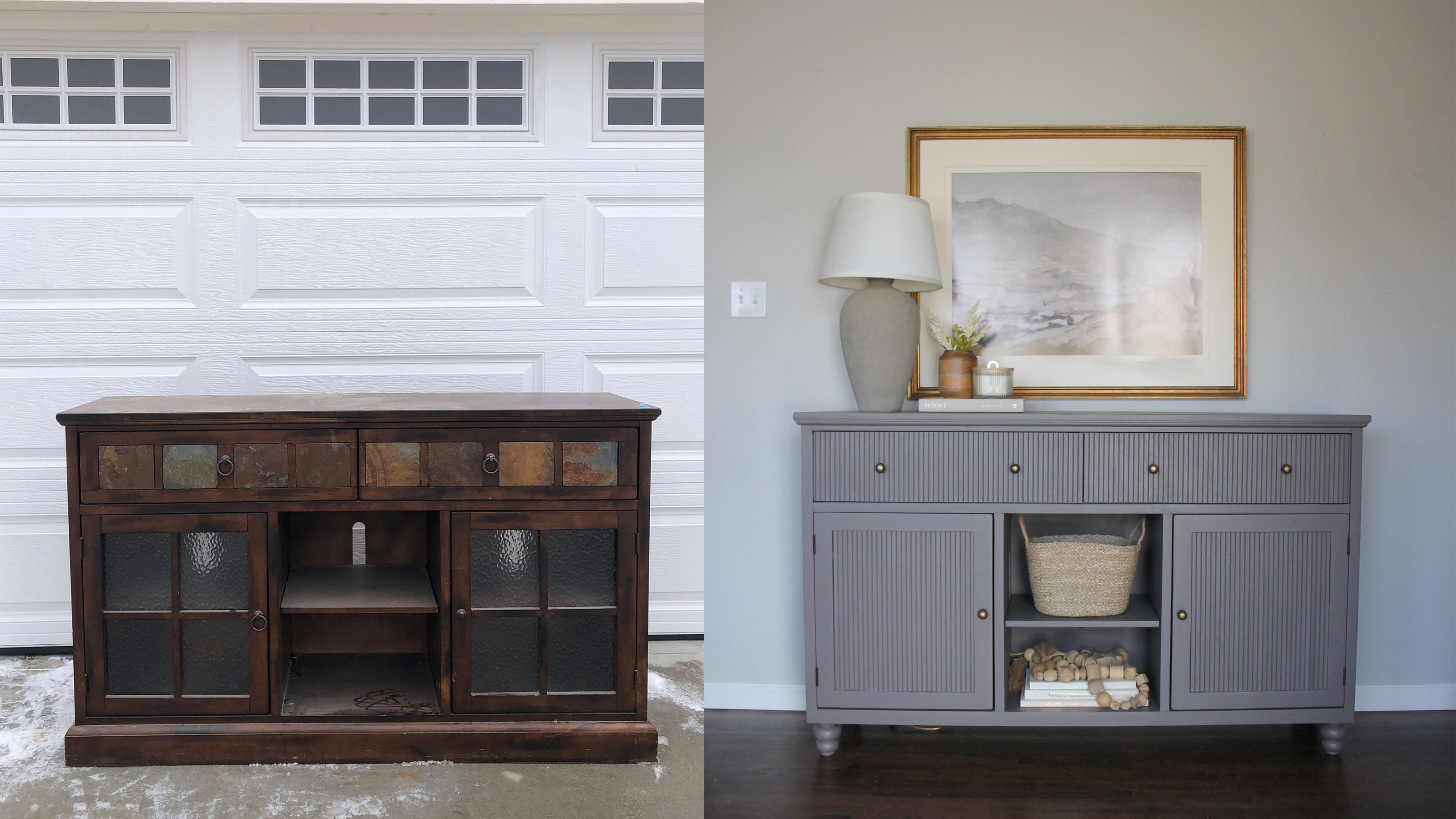 How to pole wrap a cabinet for a modern furniture transformation
How to pole wrap a cabinet for a modern furniture transformationDIYer Leslie Jarrett shows us how to pole wrap a cabinet and paint it for a modern glow up on a thrifted TV console
By Camille Dubuis-Welch